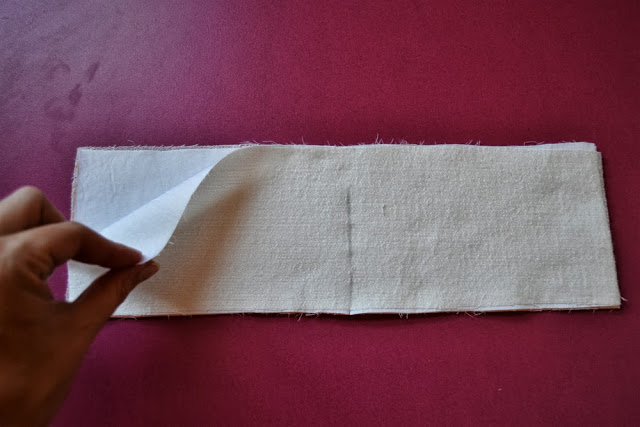 1.Take your two cuff pieces, already interfaced and place them with right side together. Make sure the opening is marked (I drew only the slit but you can draw the whole box as in the pattern, it’s easier).
1.Take your two cuff pieces, already interfaced and place them with right side together. Make sure the opening is marked (I drew only the slit but you can draw the whole box as in the pattern, it’s easier).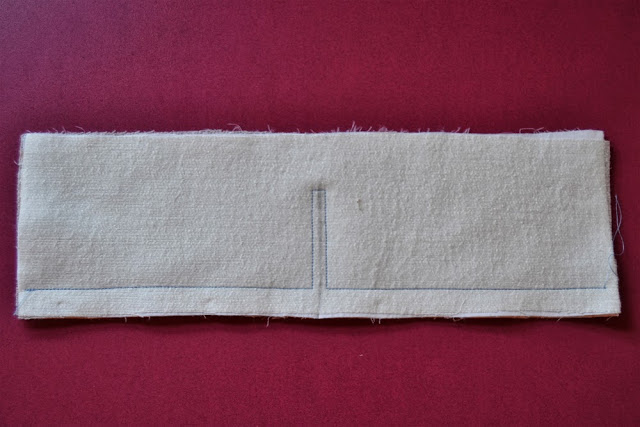
3.Cut carefully the opening between the stitches. At the end, cut a V-shape the closest possible to the stitch line to the angles like in the picture. Be careful not to cut the stitches!
4.Trim the seam allowance and cut the corners very close to the angles.
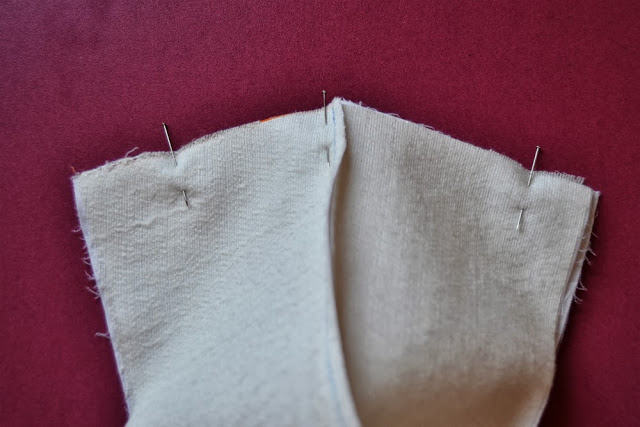
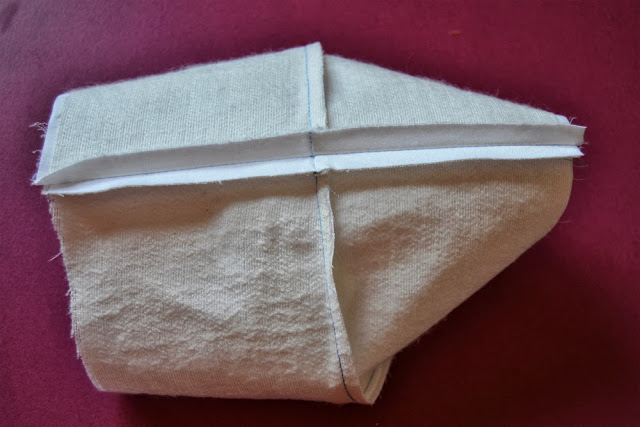
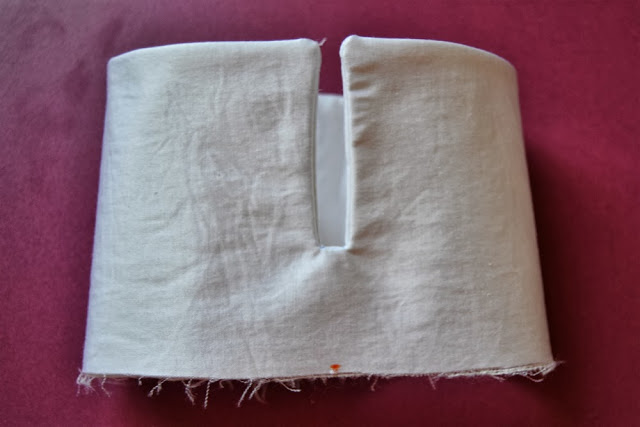
JOIN THE CUFF TO THE SLEEVE
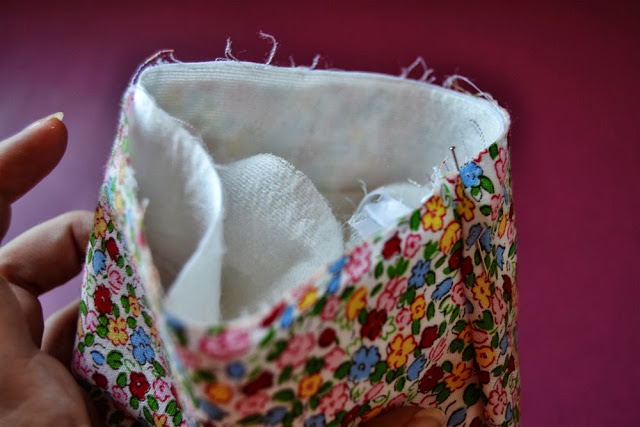
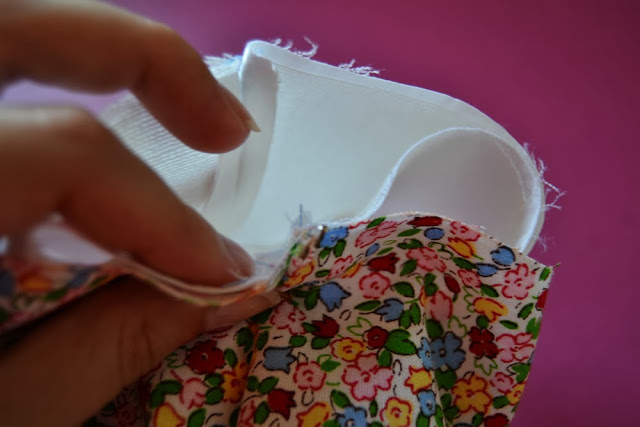
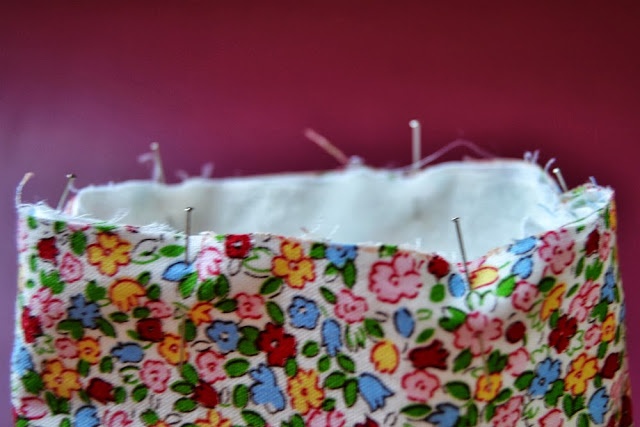
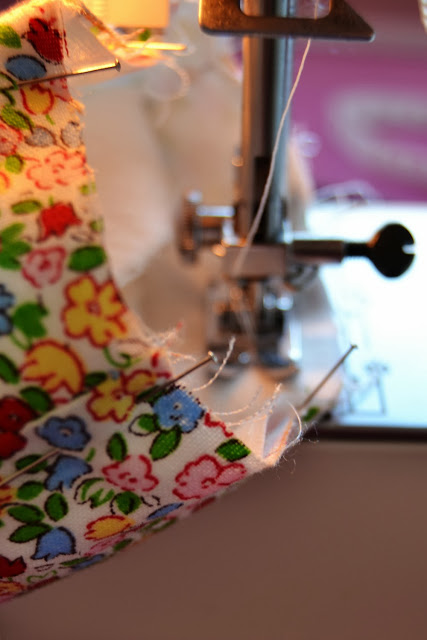 1. Now comes the tricky step: matching the cuff seam and the sleeve seam, pin the cuff inside the sleeve hem. Look carefully at the pictures and try before sewing. We will stitch the cuff like we would stitch bias binding. So the cuff right side is against the sleeve wrong side (believe me, try it! I inserted my first cuff on the wrong side.) When you have pinned it, stitch. Trim the seam allowances and press toward the cuff.
1. Now comes the tricky step: matching the cuff seam and the sleeve seam, pin the cuff inside the sleeve hem. Look carefully at the pictures and try before sewing. We will stitch the cuff like we would stitch bias binding. So the cuff right side is against the sleeve wrong side (believe me, try it! I inserted my first cuff on the wrong side.) When you have pinned it, stitch. Trim the seam allowances and press toward the cuff.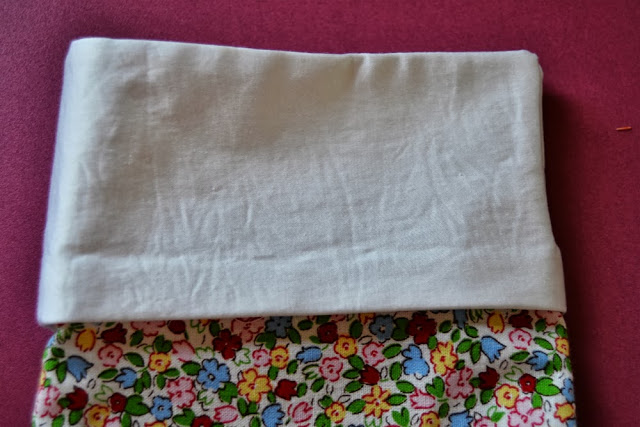
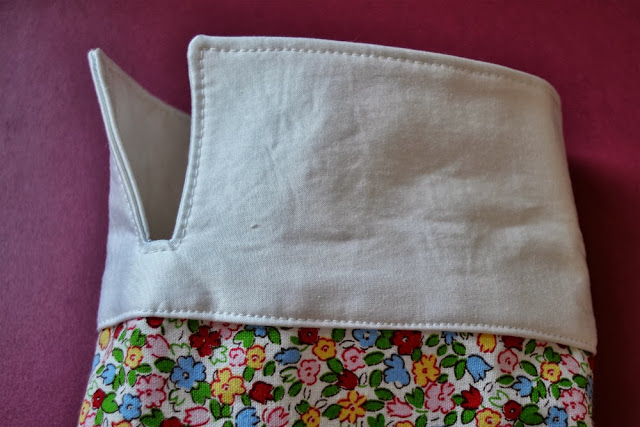
4. And repeat on the other side of course… What do you think? Easy or difficult?
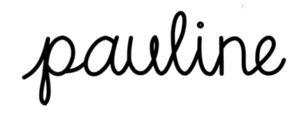
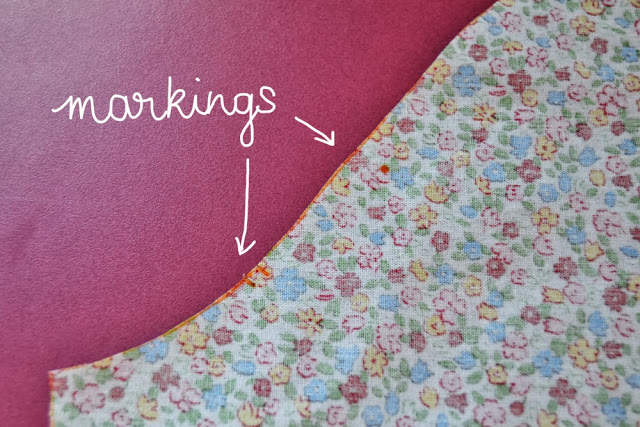
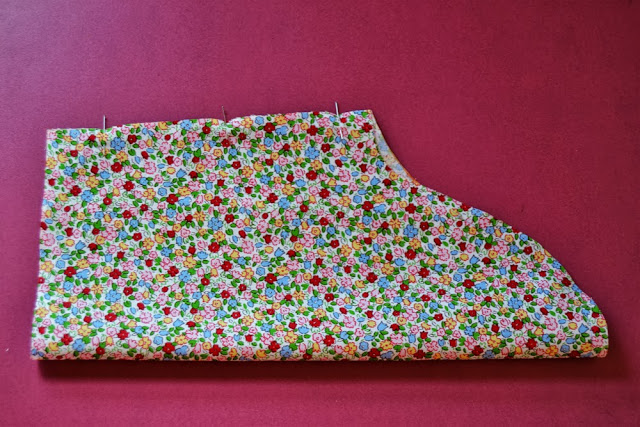
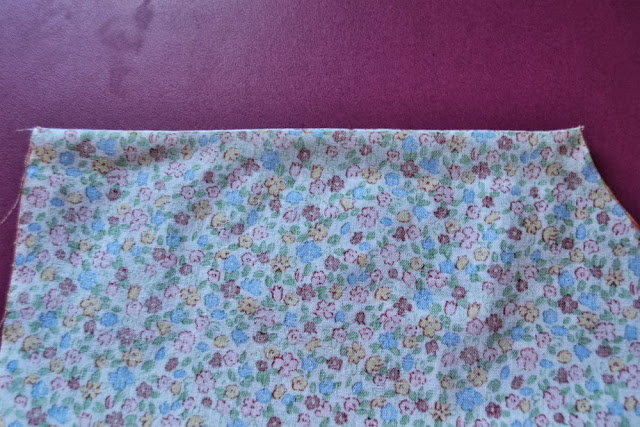
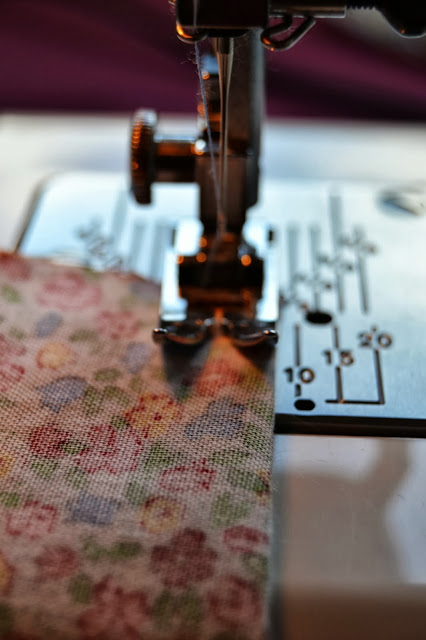
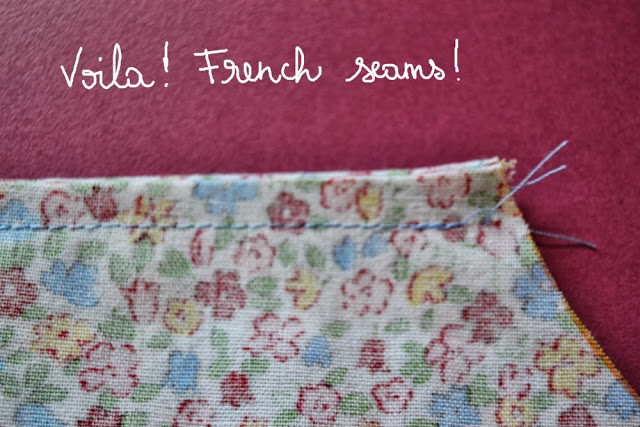
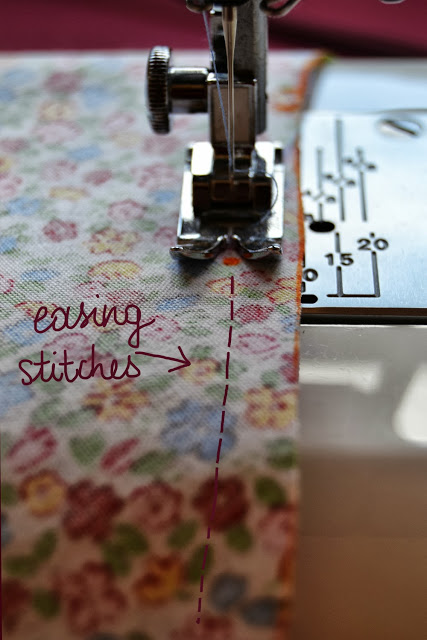
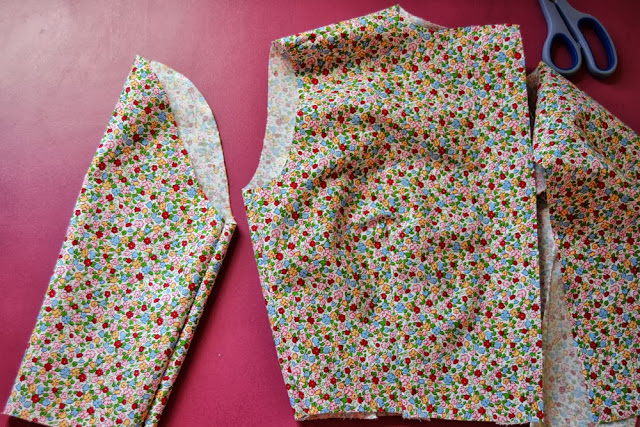
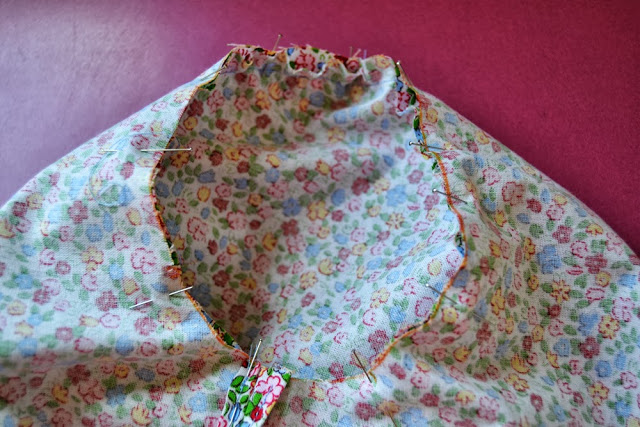
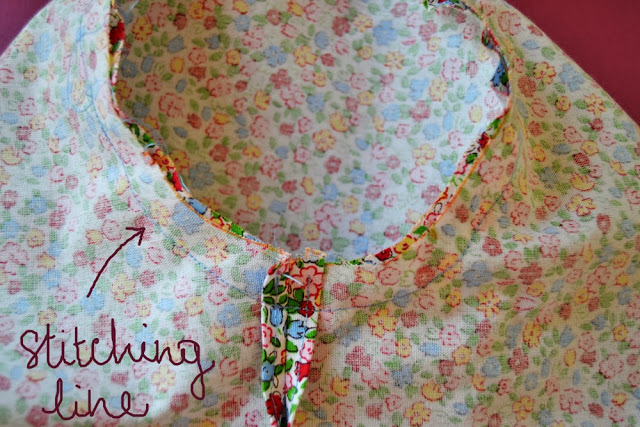
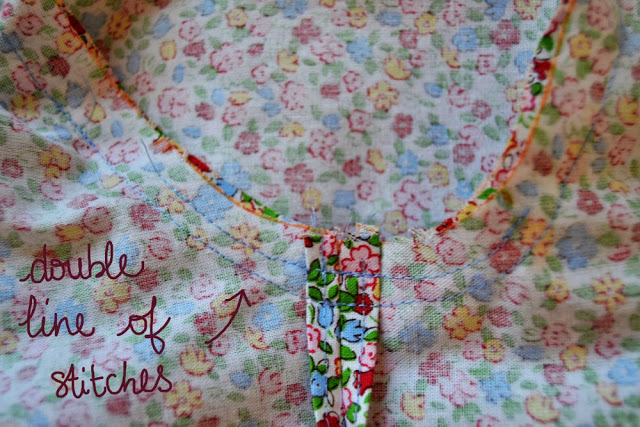 4.Stitch around the armhole. Make sure there are no pleats at the sleeve head.
4.Stitch around the armhole. Make sure there are no pleats at the sleeve head.
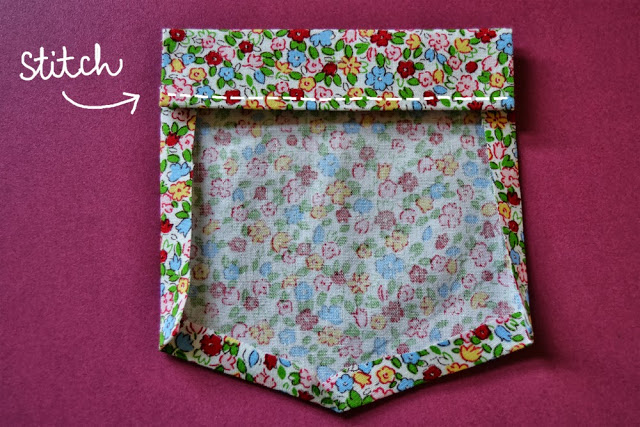 1.Cut your pocket piece and mark the folding lines. First, fold the seam allowances all around the pocket edges and press. You can baste or even stitch.
1.Cut your pocket piece and mark the folding lines. First, fold the seam allowances all around the pocket edges and press. You can baste or even stitch.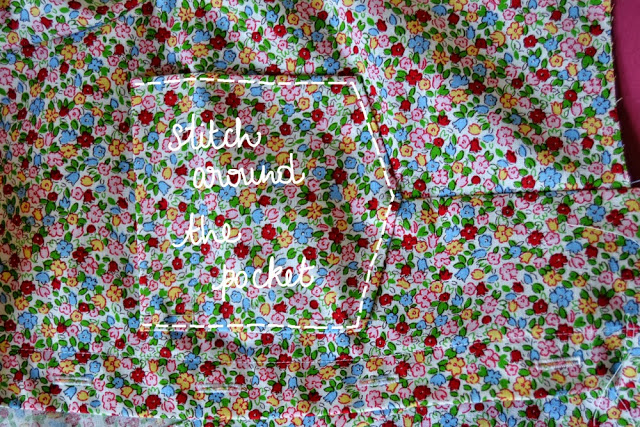
Today we’ll do some actual sewing, so grab your bodice pattern pieces and your fabric!
BODICE FRONT DARTS
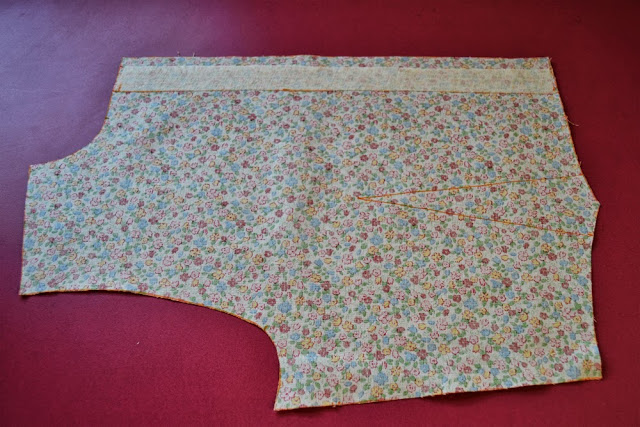
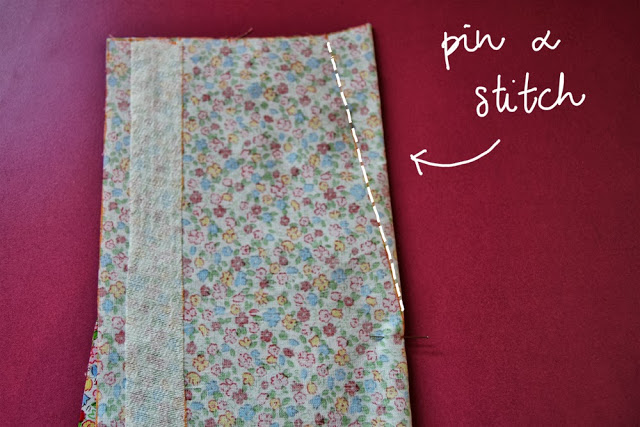
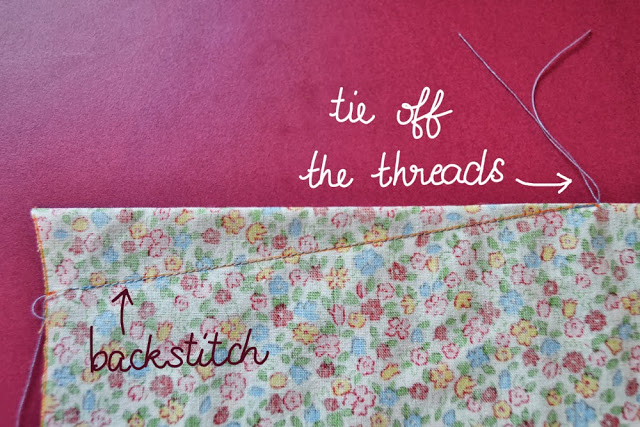
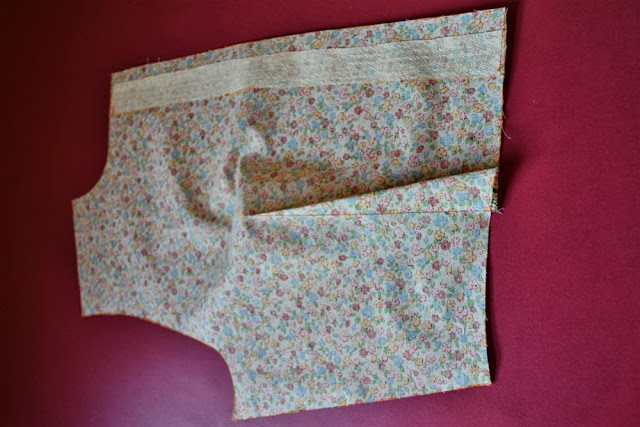
5.Repeat steps 1 to 4 for the other bodice front piece.
BODICE BACK DARTS
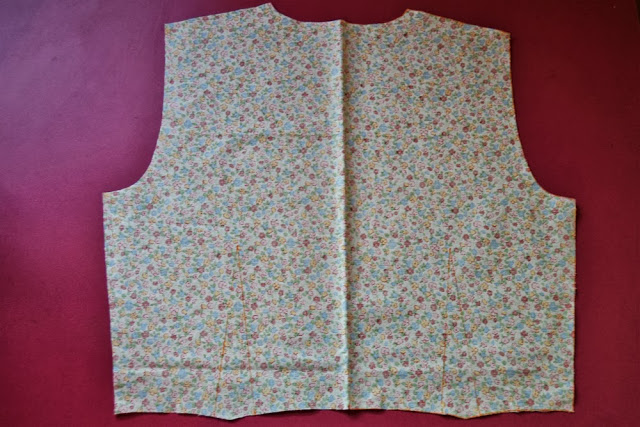
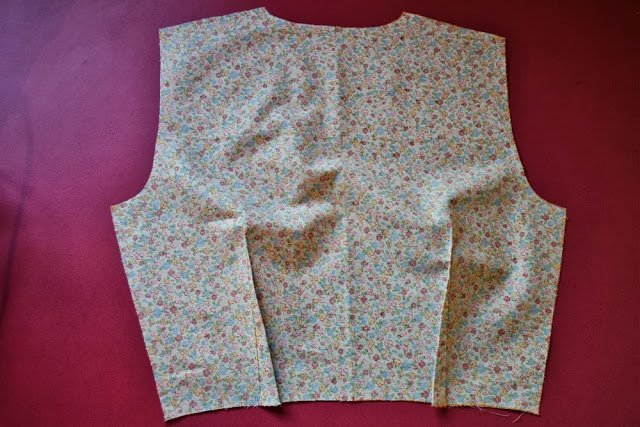
SIDE SEAMS
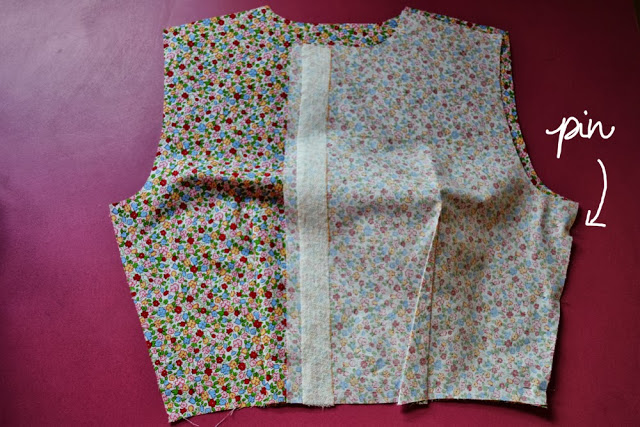
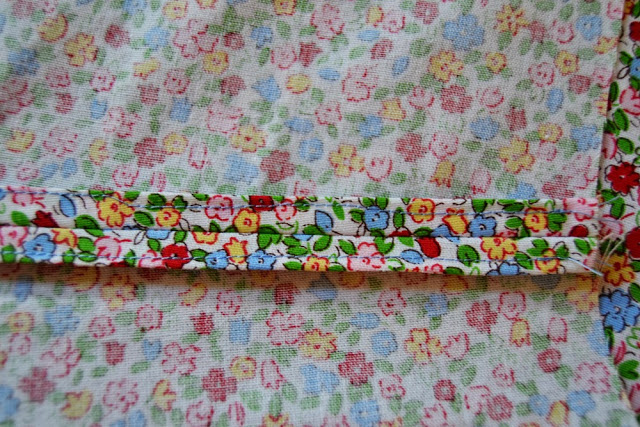
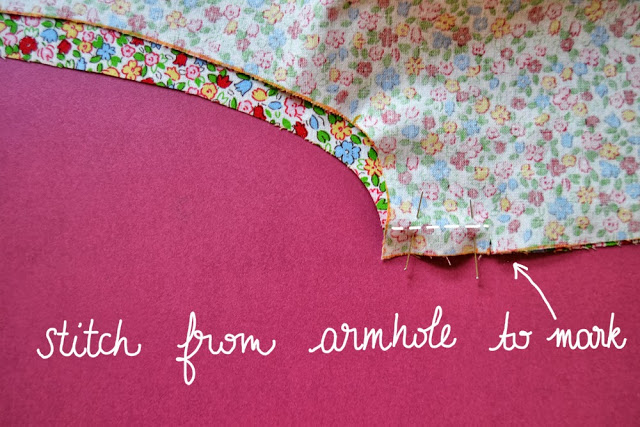
SHOULDER SEAMS
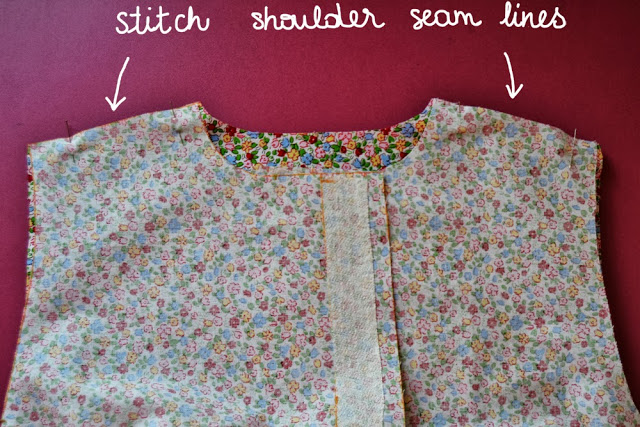
BUTTON PLACKET
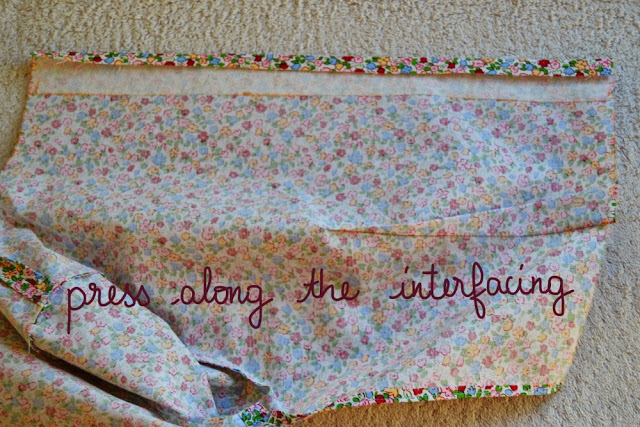
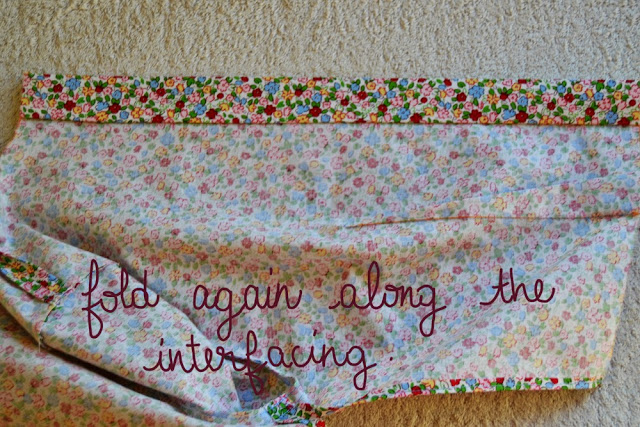
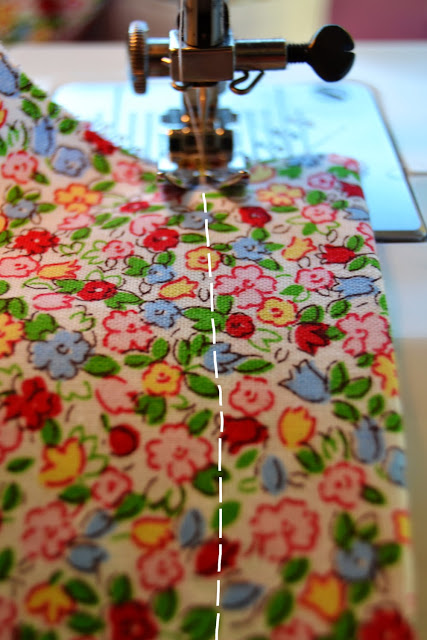
That’s all for today! You can now try your bodice, it’s open on the front and at the bottom of the left side. Tomorrow we’ll see how to add a little breast pocket. So cute and practical!
 |

Have you found your fabric for the Camí Sew-Along?
Well, you still have this week end to go shopping as today you are supposed to be making your muslin and we’ll see how to make the basic adjustments before cutting the “real” fabric.
You might be tempted to jump ahead and start directly with your final dress but it’s highly recommended to make a muslin. The bodice with one sleeve is enough to see if the fit is correct, no need for the skirt or the collar. And then you can decide if you need any of the following adjustments.
LENGTHEN/SHORTEN LINE
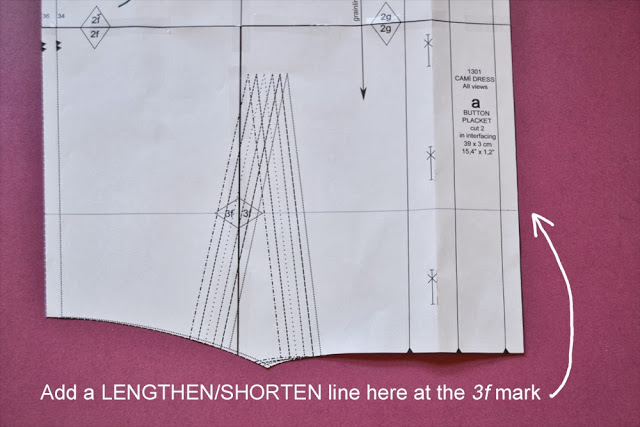
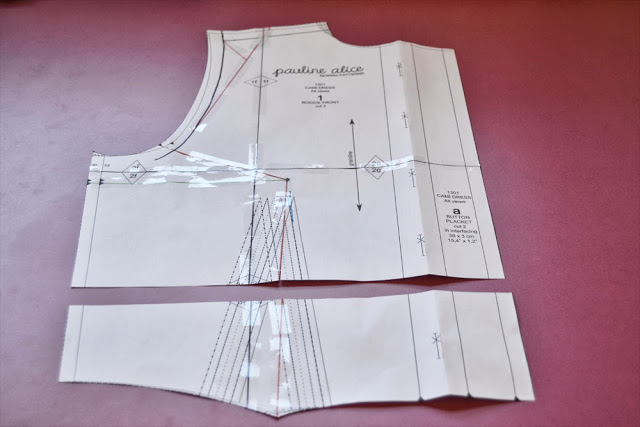
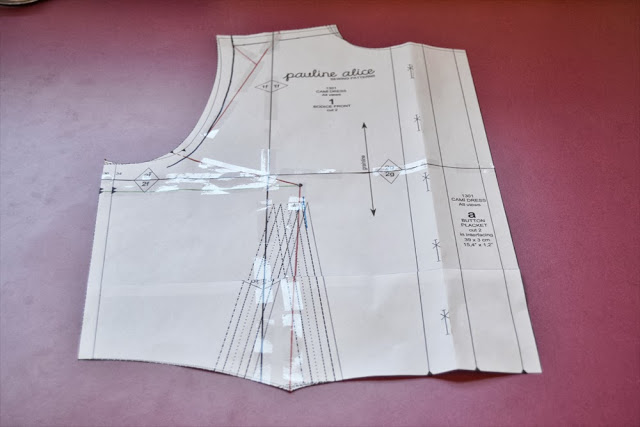
4.Remember to report the change you made to the front bodice to the back pattern pice as well. The last button mark is going to move as well: move it up or down respecting the space between each button mark.
SHOULDER ADJUSTMENTS
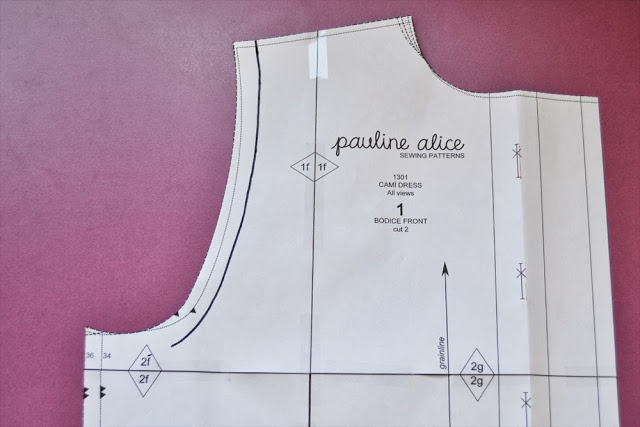
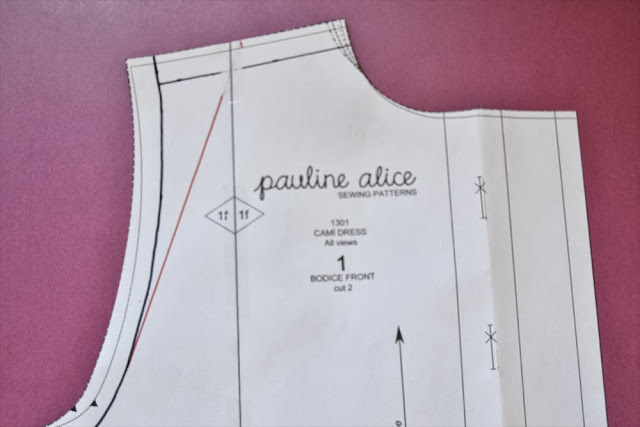
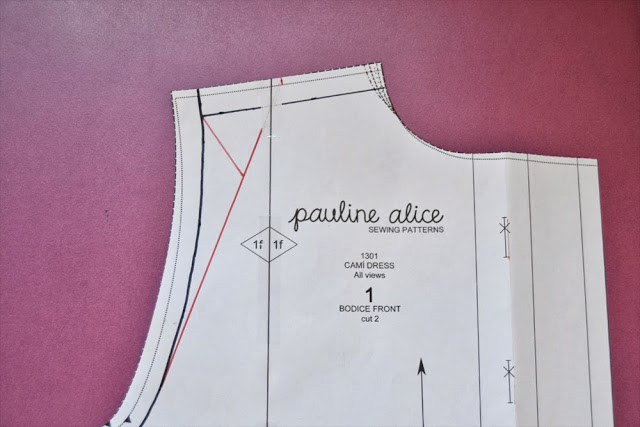
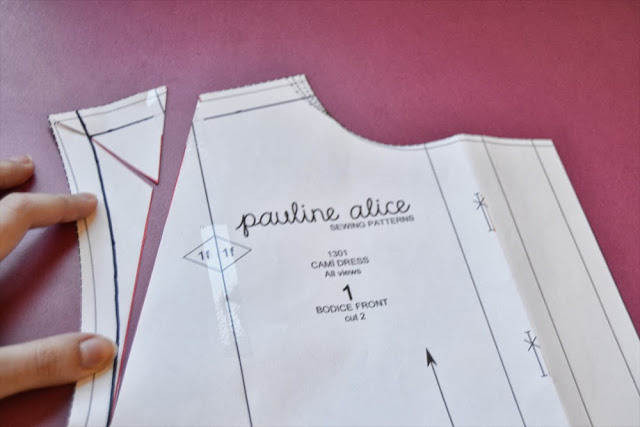
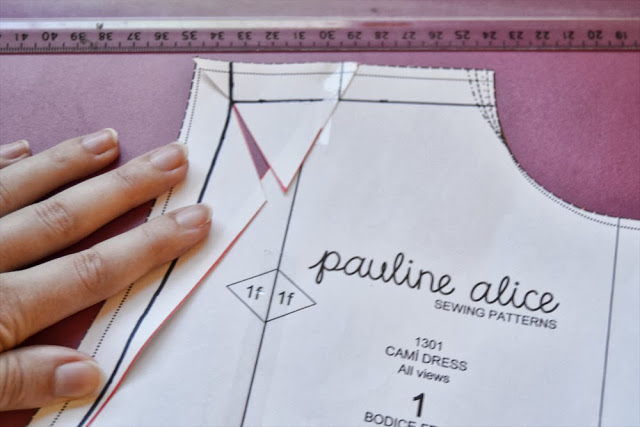
FULL / SMALL BUST ADJUSTMENT
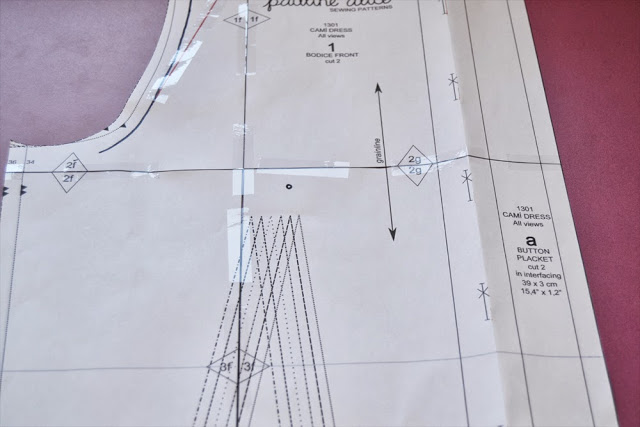
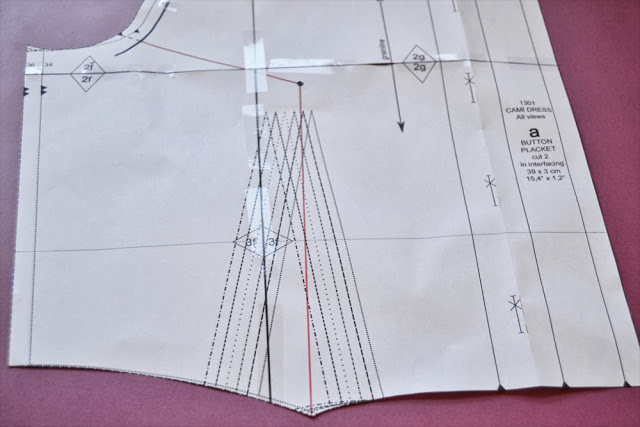
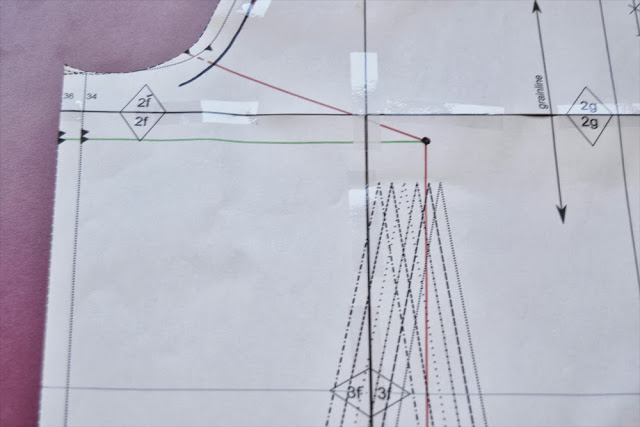
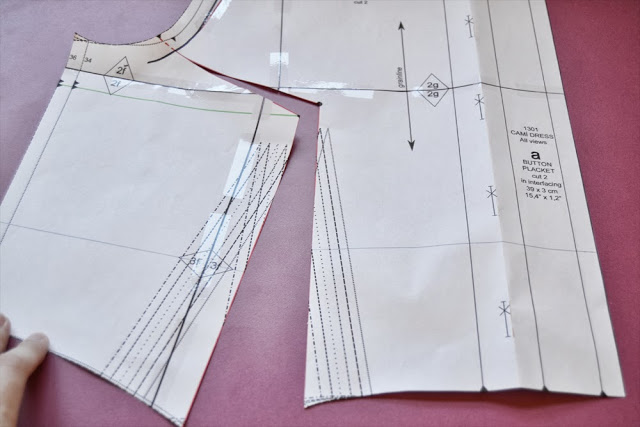
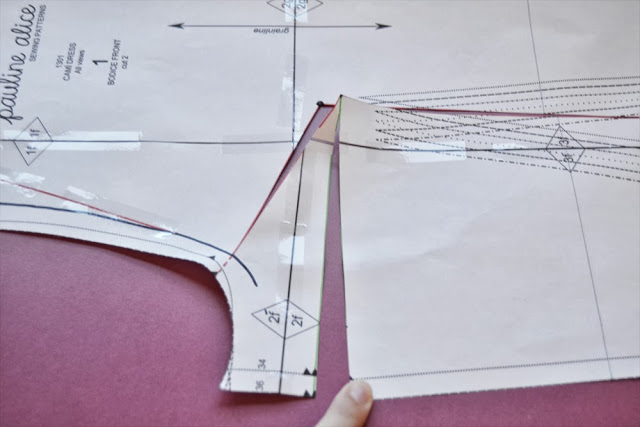
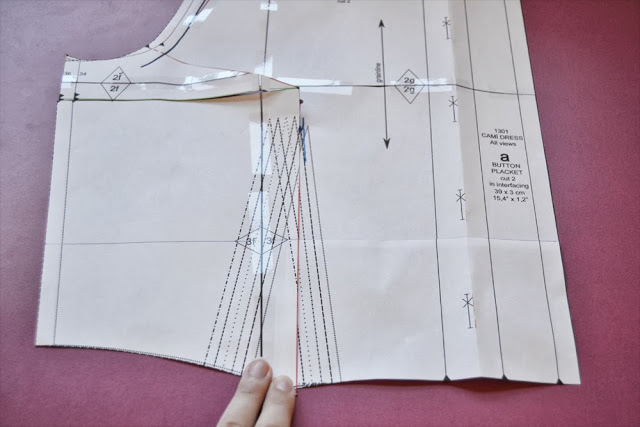
To make a Small Bust Adjusment, remove the needed ease, paste together and redraw the lines.
Remember to apply the changes to the back pattern piece and move the last button mark.
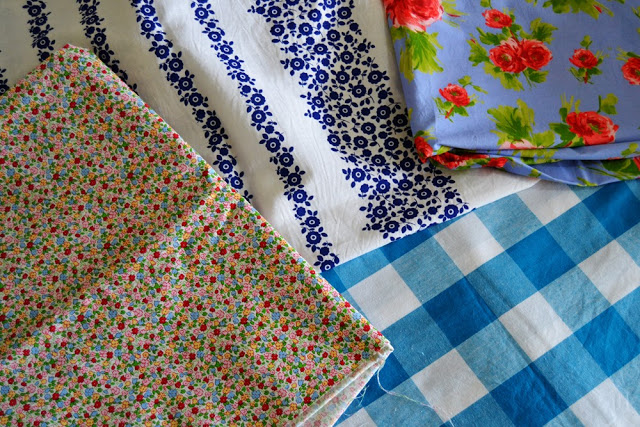 I love shopping for fabric! I have to admit that’s the only shopping I’m doing lately as I haven’t bought any clothes for at least 2 years (can’t say I’m saving any money though!). While designing the Camí dress, I came accross a few fabrics I thought would look nice and brought them back home.
I love shopping for fabric! I have to admit that’s the only shopping I’m doing lately as I haven’t bought any clothes for at least 2 years (can’t say I’m saving any money though!). While designing the Camí dress, I came accross a few fabrics I thought would look nice and brought them back home.
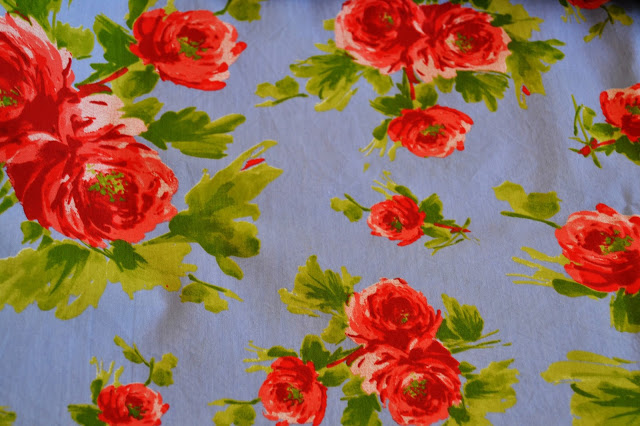 This fabric I actually had before but I think it would look beautiful paired with the Camí dress pattern. It would make a very romantic dress. How about changing the shirt collar for a peter pan collar for a more 1950’s retro look? It’s a cotton poplin with a nice drape, a little bit of stretch and it’s very soft to the touch.
This fabric I actually had before but I think it would look beautiful paired with the Camí dress pattern. It would make a very romantic dress. How about changing the shirt collar for a peter pan collar for a more 1950’s retro look? It’s a cotton poplin with a nice drape, a little bit of stretch and it’s very soft to the touch.
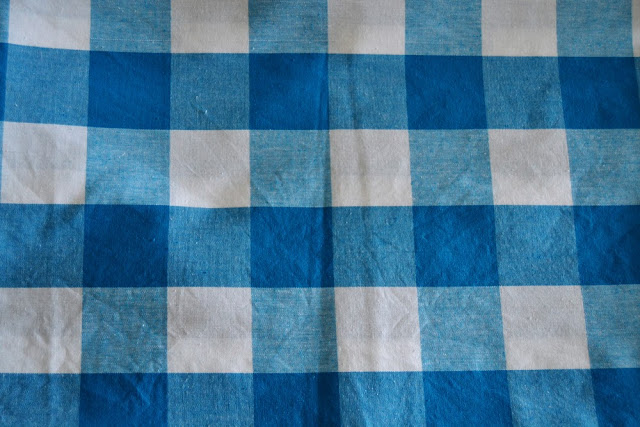 Gingham of course! There were 3 pattern testers versions made of gingham and they looked amazing. This one has bigger squares and would make such a cute summer dress with the short sleeves (very Dorothy from the Wizard of Oz!). There is a lot of variations possible: how about playing with the grainline for some pattern pieces? Or changing the skirt for a circle skirt?
Gingham of course! There were 3 pattern testers versions made of gingham and they looked amazing. This one has bigger squares and would make such a cute summer dress with the short sleeves (very Dorothy from the Wizard of Oz!). There is a lot of variations possible: how about playing with the grainline for some pattern pieces? Or changing the skirt for a circle skirt?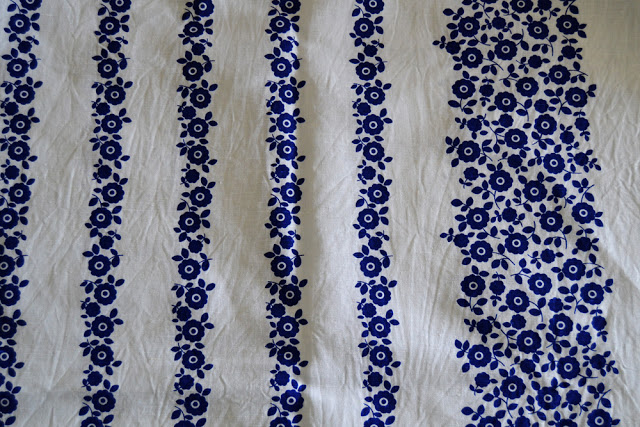 With its basic dirndl skirt (2 rectangles gathered at the waist), the Camí dress allows you to play with borders. I found this white cotton-linen blend with blue flowers stripes and a larger stripe border that would look nice at the hem line. As a spring/summer version it would be so pretty and breathable, yet not too prone to wrinkle thanks to the cotton percentage.
With its basic dirndl skirt (2 rectangles gathered at the waist), the Camí dress allows you to play with borders. I found this white cotton-linen blend with blue flowers stripes and a larger stripe border that would look nice at the hem line. As a spring/summer version it would be so pretty and breathable, yet not too prone to wrinkle thanks to the cotton percentage.
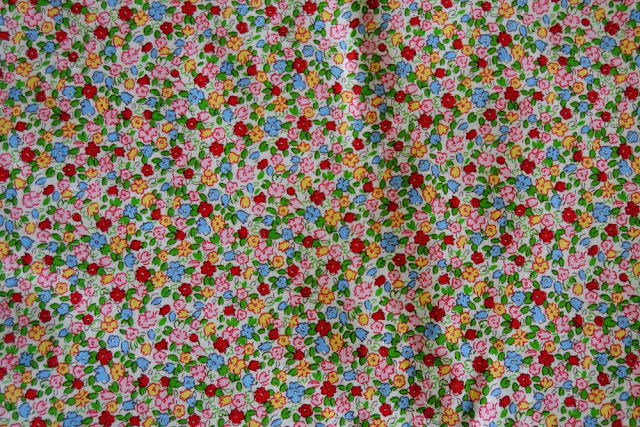 Finally, this is the fabric I am going to use for the Sew-Along. It’s a cotton fabric with little blue, red, yellow and green flowers. I will make the collar and cuffs in contrasting fabric: white cotton sateen. The one I have is a bit on the heavy side but it will do.
Finally, this is the fabric I am going to use for the Sew-Along. It’s a cotton fabric with little blue, red, yellow and green flowers. I will make the collar and cuffs in contrasting fabric: white cotton sateen. The one I have is a bit on the heavy side but it will do.
